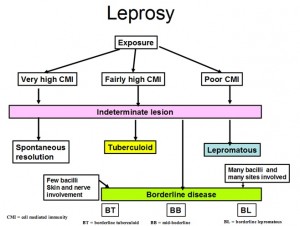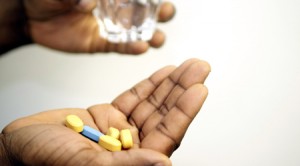The plasma half-life of hirudin is 60 min after IV injection, and 120 min after subcutaneous injection. Hirudin is cleared via the kidneys and should not be used in patients with renal insufficiency. The anticoagulant effect of hirudin can be monitored using the activated partial thromboplastin time (APTT).
Recombinant hirudin (lepirudin) is licensed for the treatment of arterial or venous thrombosis complicating heparin-induced thrombocytopenia, and as an alternative for heparin for cardiopulmonary bypass surgery in these patients. Hirudin has been evaluated in acute coronary syndromes and, to a lesser extent, for the prevention and treatment of venous thrombosis. The results for each of these indications will be discussed separately.
Unstable angina. The largest phase II study to compare hirudin with heparin, the Organization to Assess Strategies for Ischemic Syndromes (OASIS)-1 pilot trial, randomized 909 patients with unstable angina or non-ST-elevation MI to receive a 72-h infusion of hirudin, in either a low dose or medium dose, or to heparin. Doses of hirudin and heparin were adjusted to maintain the APTT between 60 and 100 s. Compared with heparin, hirudin produced a promising reduction in the primary outcome, a composite of cardiovascular death, MI, or refractory angina at 7 days (odds ratio [OR] 0.57; 95% confidence interval [CI], 0.32 to 1.02) and a significant reduction in the secondary outcome, a composite of death, MI, or refractory or severe angina requiring revascularization at 7 days (OR, 0.49; 95% CI, 0.27 to 0.86). Major bleeding occurred in about 1% of patients in both treatment groups and was not significantly higher in those who received hirudin (OR, 0.86; 95% CI, 0.23 to 3.19). Minor bleeding, however, was more frequent in patients given a medium or low dose of hirudin than it was in those treated with heparin (21.3%, 16.2%, and 10.5%, respectively), and the differences were statistically significant (medium-dose or low-dose hirudin, p = 0.033; heparin, p = 0.001).
The results of the OASIS-1 trial prompted the OASIS-2 trial, a phase III trial that randomized 10,141 patients with unstable angina or non-ST-elevation MI to receive a 72-h infusion of medium-dose hirudin or heparin. During treatment, hirudin produced a significant reduction in the composite end point of death or MI compared with heparin (2.0% and 2.6%, respectively; OR, 0.76, 95% CI, 0.59-0.99). Although the primary outcomes, a composite of death or MI at 7 days (3.6% and 4.2%, respectively; OR, 0.84; 95% CI, 0.69 to 1.02) and 35 days (6.8% and 7.7%, respectively; OR, 0.87; 95% CI, 0.75 to 1.01) were not significantly different between the two groups, the absolute risk reduction in death or MI produced by hirudin during the 72-h treatment period was maintained at 7 and 35 days. Major bleeding occurred more frequently with hirudin therapy than with heparin therapy (1.2% and 0.7%, respectively; OR, 1.73; 95% CI, 1.13 to 2.63), but the rates of life-threatening bleeding were similar (0.4% in both groups).

 What bravado. A number of studies indicate that sexual dysfunction (SD) is common. Almost every man at some point in his life will experience an SD. At any given point in time, about 35–40% of individuals (31% of men, 43% of women) have an SD. We live in a culture that idealizes and exaggerates the idea that sex should be spontaneous, perfect, or great every time. Yet it is normal to have sexual difficulties. One study found that 97% of men (95% of women) had an important sexual concern at some point in his life, important enough to want to talk with their doctor. Yet only 23% of the men reported that they did in fact discuss their concerns with a professional clinician.
What bravado. A number of studies indicate that sexual dysfunction (SD) is common. Almost every man at some point in his life will experience an SD. At any given point in time, about 35–40% of individuals (31% of men, 43% of women) have an SD. We live in a culture that idealizes and exaggerates the idea that sex should be spontaneous, perfect, or great every time. Yet it is normal to have sexual difficulties. One study found that 97% of men (95% of women) had an important sexual concern at some point in his life, important enough to want to talk with their doctor. Yet only 23% of the men reported that they did in fact discuss their concerns with a professional clinician.